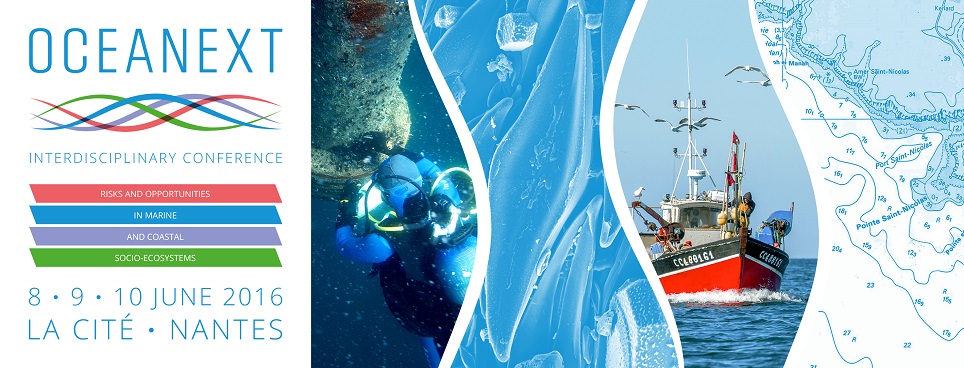Sargassum muticum is a proliferative brown alga constituting a large amount of biomass. This alga is not very exploited despite it contains several substances of interest (i.e. phlorotannins, polysaccharides, proteins, etc). Extraction of all these molecules without damaging any valuable component of the alga comes closer to the concept of biorefinery. The use of enzymatic hydrolysis provides a soft and specific extraction method that meets this objective. Enzymes are used to hydrolyze the cell wall of macroalgae releasing interesting molecules. But the structural complexity of the cell wall as well as the presence of cellulose fibers, sulfated fucans and alginates linked to the proteins and phenolic compounds is an obstacle to overcome.
We followed different strategies to solubilize phlorotannins, proteins and polysaccharides from Sargassum muticum. We compared organic solvent extraction to enzymatic extraction with a marine specific enzyme (alginate lyase) and commercial enzymes. The use of 5% Dry Weight (DW) of an enzymatic mix containing a commercial beta-glucanase, a commercial protease and the alginate lyase led after 3 hours of hydrolysis to the solubilization of 2.43% DW polysaccharides and 0.52% DW phlorotannins. These results, though better than aqueous extraction, have been further improved by using surfactants. Surfactants seem to affect both the solubilization of extracted molecules and the enzymatic action resulting in a better efficiency of the enzymatic hydrolysis. For example, the use of 0.5% volume of an anionic surfactant with 10% DW of the enzymatic mix allowed to reaching the value of 2.63% DW of solubilized phlorotannins.
- Poster

 PDF version
PDF version

